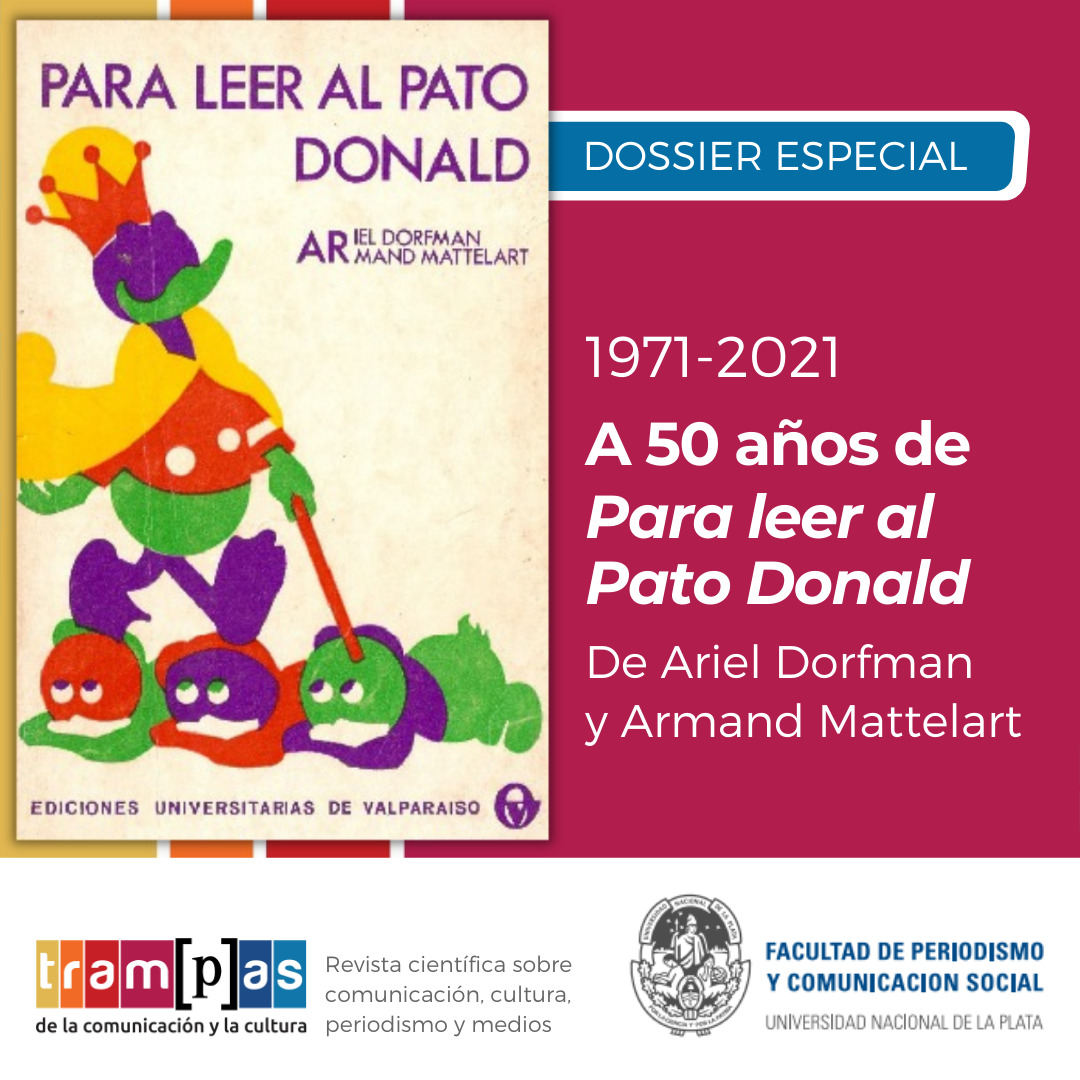Televisión, historia y política
Keywords:
Analog tv, digital television, history and public policyAbstract
The appearance of the TV in Argentina, in 1951, was the product of a history and context insert molding the appropriation of new technology on society and I condition the attitude of the government at that time. The history of the printing industry, along with the expansion of Argentine cinema and consolidation of radio in Argentine families were an important part of the process of integration of analog television. Moreover, the advent of digital TV also resembles the insertion of analog TV. Both processes are inherited in a global context that requires its incorporation in order not to be late. Its insertion is in the hands of the state, because both require a lot of money and high technology costs. From this article we propose to examine the role that occupy the project both analog and digital television, in its historical context, which will help us understand not only the meanings of the communication policies pursued but also their subsequent appropriations.
Downloads
Downloads
Published
How to Cite
Issue
Section
License
Política vigente a partir del número 82 (2018).
Los materiales incluidos en ediciones previas se publicaron bajo una licencia BY-NC-ND.
La aceptación de un original por parte de la revista implica la cesión no exclusiva de los derechos patrimoniales de los/as autores/as en favor del editor, quien permite la reutilización, luego de su edición (postprint), bajo una Licencia Creative Commons Atribución-NoComercial-CompartirIgual 4.0 Internacional (CC BY-NC-SA 4.0)
Acorde a estos términos, el material se puede compartir (copiar y redistribuir en cualquier medio o formato) y adaptar (remezclar, transformar y crear a partir del material otra obra), siempre que a) se cite la autoría y la fuente original de su publicación (revista y URL de la obra), b) no se use para fines comerciales y c) se mantengan los mismos términos de la licencia.
La cesión de derechos no exclusivos implica que luego de su edición (postprint) en Tram[p]as de la comunicación y la cultura las/os autoras/es pueden publicar su trabajo en cualquier idioma, medio y formato; en tales casos, se solicita que se consigne que el material fue publicado originalmente en esta revista.
Tal cesión supone, también, la autorización de los/as autores/as para que el trabajo sea cosechado por SEDICI, el repositorio institucional de la Universidad Nacional de La Plata, y sea difundido en las bases de datos que el equipo editorial considere adecuadas para incrementar la visibilidad de la publicación y de sus autores/as.
Asimismo, la revista incentiva a las/os autoras/es para que luego de su publicación en Tram[p]as de la comunicación y la cultura depositen sus producciones en otros repositorios institucionales y temáticos, bajo el principio de que ofrecer a la sociedad la producción científica y académica sin restricciones contribuye a un mayor intercambio del conocimiento global.









.png)






















